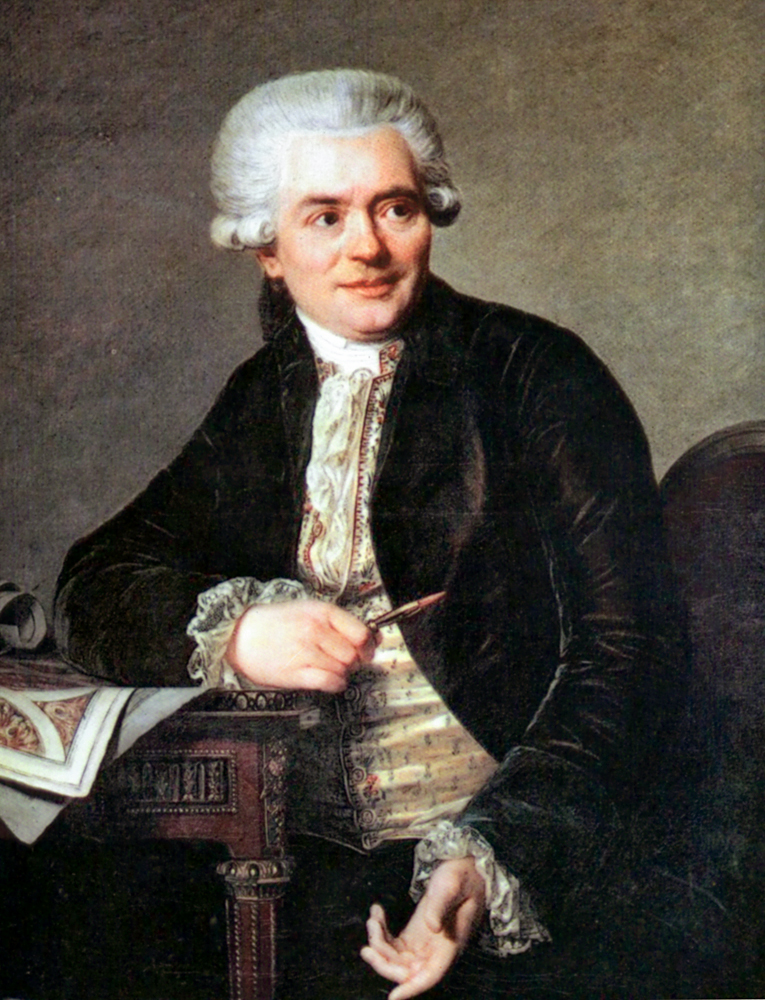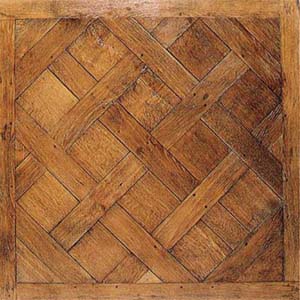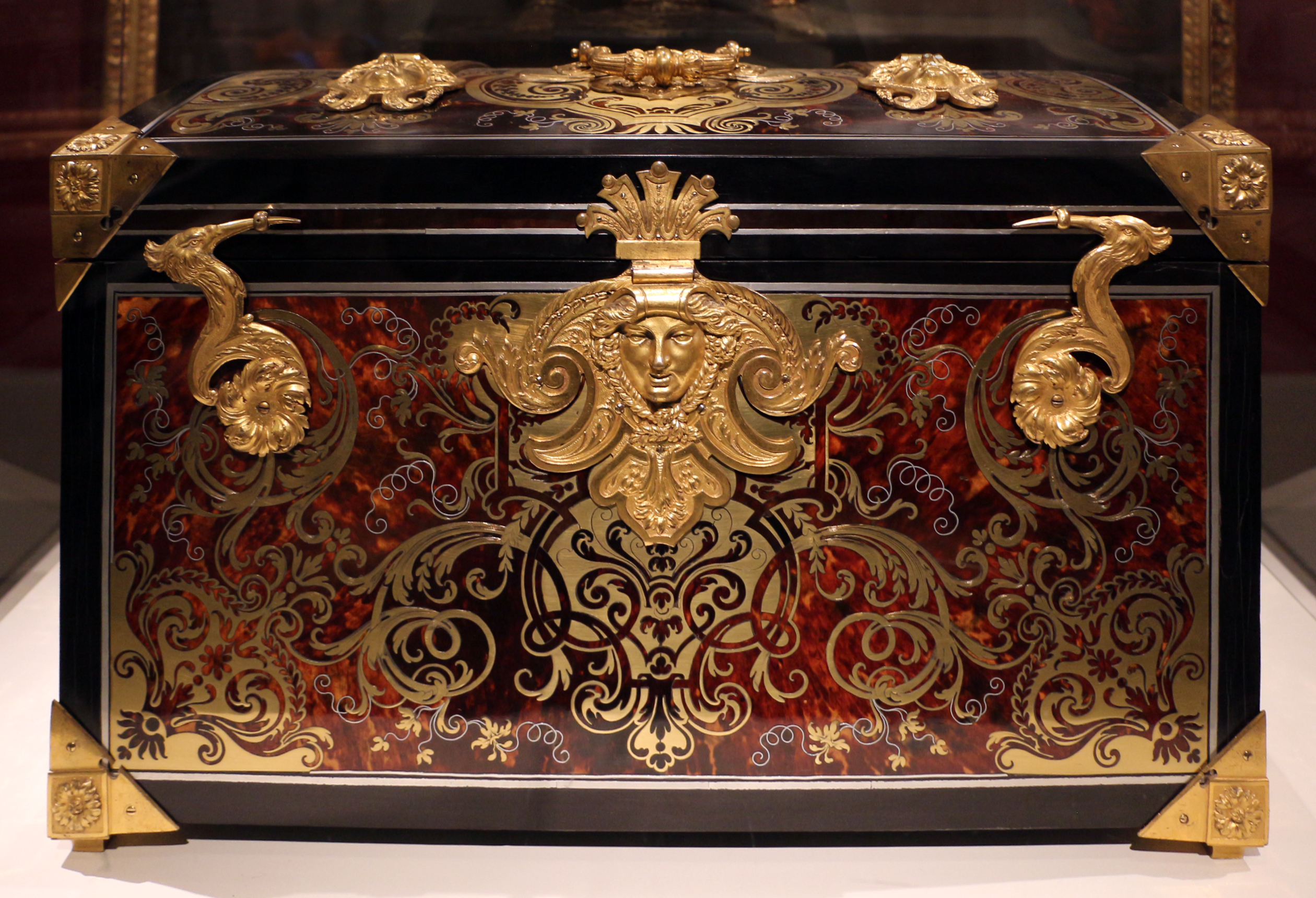|
Jean Henri Riesener
Jean-Henri Riesener (german: Johann Heinrich Riesener; 4 July 1734 – 6 January 1806) was a famous German ''ébéniste'' (cabinetmaker), working in Paris, whose work exemplified the early neoclassical "Louis XVI style". Life and career Riesener was born in Gladbeck, Westphalia, Germany. He moved to Paris, where he apprenticed soon after 1754 with Jean-François Oeben, whose widow he married; he was received master ''ébéniste'' in January 1768. The following year, he began supplying furniture for the Crown and in July 1774 formally became ''ébéniste ordinaire du roi'', "the greatest Parisian ''ébéniste'' of the Louis XVI period." Riesener was responsible for some of the richest examples of furniture in the Louis XVI style, as the French court embarked on furnishing commissions on a luxurious scale that had not been seen since the time of Louis XIV: between 1774 and 1784, he received on average commissions amounting to 100,000 livres per annum.He and David Roentgen were M ... [...More Info...] [...Related Items...] OR: [Wikipedia] [Google] [Baidu] |
Johann Heinrich Riesener ArM
Johann, typically a male given name, is the German form of ''Iohannes'', which is the Latin form of the Greek name ''Iōánnēs'' (), itself derived from Hebrew name ''Yochanan'' () in turn from its extended form (), meaning "Yahweh is Gracious" or "Yahweh is Merciful". Its English language equivalent is John. It is uncommon as a surname. People People with the name Johann include: Mononym *Johann, Count of Cleves (died 1368), nobleman of the Holy Roman Empire *Johann, Count of Leiningen-Dagsburg-Falkenburg (1662–1698), German nobleman *Johann, Prince of Hohenzollern-Sigmaringen (1578–1638), German nobleman A–K * Johann Adam Hiller (1728–1804), German composer * Johann Adam Reincken (1643–1722), Dutch/German organist * Johann Adam Remele (died 1740), German court painter * Johann Adolf I, Duke of Saxe-Weissenfels (1649–1697) * Johann Adolph Hasse (1699-1783), German Composer * Johann Altfuldisch (1911—1947), German Nazi SS concentration camp officer executed for ... [...More Info...] [...Related Items...] OR: [Wikipedia] [Google] [Baidu] |
Comte De Provence
The land of Provence has a history quite separate from that of any of the larger nations of Europe. Its independent existence has its origins in the frontier nature of the dukedom in Merovingian Gaul. In this position, influenced and affected by several different cultures on different sides, the Provençals maintained a unity which was reinforced when the region was made a separate kingdom during the Carolingian decline of the later ninth century. Provence was eventually joined to the other Burgundian kingdom, but it remained ruled by its own powerful, and largely independent, counts. In the eleventh century, Provence became disputed between the traditional line and the counts of Toulouse, who claimed the title of "Margrave of Provence". In the High Middle Ages, the title of Count of Provence belonged to local families of Frankish origin, to the House of Barcelona, to the House of Anjou and to a cadet branch of the House of Valois. After 1032, the county was part of the Holy Ro ... [...More Info...] [...Related Items...] OR: [Wikipedia] [Google] [Baidu] |
Pierre Gouthière
Pierre Gouthière (1732–1813) was a French metal worker. He was born at Bar-sur-Aube and went to Paris at an early age as the pupil of Martin Cour. During his brilliant career he executed a vast quantity of metal work of the utmost variety, the best of which was unsurpassed by any of his rivals in that great art period. It was long believed that he received many commissions for furniture from the court of Louis XVI, and especially from Marie Antoinette, but recent searches suggest that his work for the queen was confined to bronzes. Gouthière can, however, well bear this loss, nor will his reputation suffer should those critics ultimately be justified who believe that many of the furniture mounts attributed to him were from the hand of Thomire. But if he did not work for the court he unquestionably produced many of the most splendid belongings of the duc d'Aumont, the duchesse de Mazarin and Madame du Barry. Indeed, the custom of the beautiful mistress of Louis XV brought ... [...More Info...] [...Related Items...] OR: [Wikipedia] [Google] [Baidu] |
Pierre Verlet
Pierre is a masculine given name. It is a French form of the name Peter. Pierre originally meant "rock" or "stone" in French (derived from the Greek word πέτρος (''petros'') meaning "stone, rock", via Latin "petra"). It is a translation of Aramaic כיפא (''Kefa),'' the nickname Jesus gave to apostle Simon Bar-Jona, referred in English as Saint Peter. Pierre is also found as a surname. People with the given name * Abbé Pierre, Henri Marie Joseph Grouès (1912–2007), French Catholic priest who founded the Emmaus Movement * Monsieur Pierre, Pierre Jean Philippe Zurcher-Margolle (c. 1890–1963), French ballroom dancer and dance teacher * Pierre (footballer), Lucas Pierre Santos Oliveira (born 1982), Brazilian footballer * Pierre, Baron of Beauvau (c. 1380–1453) * Pierre, Duke of Penthièvre (1845–1919) * Pierre, marquis de Fayet (died 1737), French naval commander and Governor General of Saint-Domingue * Prince Pierre, Duke of Valentinois (1895–1964), father ... [...More Info...] [...Related Items...] OR: [Wikipedia] [Google] [Baidu] |
Antoine Vestier
Antoine Vestier (1740 – 24 December 1824) was a French miniaturist and painter of portraits, born at Avallon in Burgundy, who trained in the atelier of Jean-Baptiste Pierre. He showed his work at the Salon de la Correspondance, Paris, before being admitted (''agréé'') to the Académie Royale de Peinture et de Sculpture in 1785, when a portrait of the painter Gabriel François Doyen, was his ''morceau de réception''. Among his sitters was the royal ''cabinet-maker'', Jean Henri Riesener (1786, Musée de Versailles). Further portraits include *The Chevalier de Latude, 1789 (Paris, musée Carnavalet) *Nicolas-Guy Brenet, painter, 1786 (Paris, musée du Louvre) *Jean Thurel, fusilier, 1788; this aged veteran wears three medals, witness to his seventy-two years of service (Tours, musée des Beaux-Arts) *A Chevalier of Malta holding the portrait of the Bailli de Hautefeuille, commander of the Order, 1788 (Dijon, musée des beaux-arts). *François-Joseph Gossec François-Jos ... [...More Info...] [...Related Items...] OR: [Wikipedia] [Google] [Baidu] |
Guild
A guild ( ) is an association of artisans and merchants who oversee the practice of their craft/trade in a particular area. The earliest types of guild formed as organizations of tradesmen belonging to a professional association. They sometimes depended on grants of letters patent from a monarch or other ruler to enforce the flow of trade to their self-employed members, and to retain ownership of tools and the supply of materials, but were mostly regulated by the city government. A lasting legacy of traditional guilds are the guildhalls constructed and used as guild meeting-places. Guild members found guilty of cheating the public would be fined or banned from the guild. Typically the key "privilege" was that only guild members were allowed to sell their goods or practice their skill within the city. There might be controls on minimum or maximum prices, hours of trading, numbers of apprentices, and many other things. These rules reduced free competition, but sometimes maintained ... [...More Info...] [...Related Items...] OR: [Wikipedia] [Google] [Baidu] |
Ormolu
Ormolu (; from French ''or moulu'', "ground/pounded gold") is the gilding technique of applying finely ground, high-carat gold–mercury amalgam to an object of bronze, and for objects finished in this way. The mercury is driven off in a kiln leaving behind a gold coating. The French refer to this technique as "''bronze doré''"; in English, it is known as "gilt bronze". Around 1830, legislation in France had outlawed the use of mercury for health reasons, though use continued to the 1900s. Craftsmen principally used ormolu for the decorative mountings of furniture, clocks, lighting devices, and porcelain. Process The manufacture of true ormolu employs a process known as mercury-gilding or fire-gilding, in which a solution of mercuric nitrate is applied to a piece of copper, brass, or bronze; followed by the application of an amalgam of gold and mercury. The item is then exposed to extreme heat until the mercury vaporizes and the gold remains, adhering to the metal object ... [...More Info...] [...Related Items...] OR: [Wikipedia] [Google] [Baidu] |
Parquetry
Parquet (; French for "a small compartment") is a geometric mosaic of wood pieces used for decorative effect in flooring. Parquet patterns are often entirely geometrical and angular—squares, triangles, lozenges—but may contain curves. The most popular parquet flooring pattern is herringbone. Etymology The word derives from the Old French ''parchet'' (the diminutive of ''parc''), literally meaning "''a small enclosed space''". History Large diagonal squares known as ''parquet de Versailles'' were introduced in 1684 as ''parquet de menuiserie'' ("woodwork parquet") to replace the marble flooring that required constant washing, which tended to rot the joists beneath the floors. Such ''parquets en losange'' were noted by the Swedish architect Daniel Cronström at Versailles and at the Grand Trianon in 1693. Materials Timber contrasting in color and grain, such as oak, walnut, cherry, lime, pine, maple etc. are sometimes employed, and in the more expensive kinds ... [...More Info...] [...Related Items...] OR: [Wikipedia] [Google] [Baidu] |
Marquetry
Marquetry (also spelled as marqueterie; from the French ''marqueter'', to variegate) is the art and craft of applying pieces of veneer to a structure to form decorative patterns, designs or pictures. The technique may be applied to case furniture or even seat furniture, to decorative small objects with smooth, veneerable surfaces or to freestanding pictorial panels appreciated in their own right. Marquetry differs from the more ancient craft of inlay, or intarsia, in which a solid body of one material is cut out to receive sections of another to form the surface pattern. The word derives from a Middle French word meaning "inlaid work". Materials The veneers used are primarily woods, but may include bone, ivory, turtle-shell (conventionally called " tortoiseshell"), mother-of-pearl, pewter, brass or fine metals. Marquetry using colored straw was a specialty of some European spa resorts from the end of the 18th century. Many exotic woods as well as common European variet ... [...More Info...] [...Related Items...] OR: [Wikipedia] [Google] [Baidu] |
Ferme Générale
The ''ferme générale'' (, "general farm") was, in ''ancien régime'' France, essentially an outsourced customs, excise and indirect tax operation. It collected duties on behalf of the King (plus hefty bonus fees for themselves), under renewable six-year contracts. The major tax collectors in that highly unpopular tax farming system were known as the ''fermiers généraux'' (singular ''fermier général''), which would be ''tax farmers-general'' in English. In the 17th and 18th centuries the ''fermiers généraux'' became immensely rich and figure prominently in the history of cultural patronage, as supporters of French music, major collectors of paintings and sculpture, patrons of the '' marchands-merciers'' and consumers of the luxury arts in the vanguard of Parisian fashions. In his 1833 novel '' Ferragus'', writer Honoré de Balzac attributes the sad air that hangs about the Île Saint-Louis in central Paris to the many houses there owned by fermiers généraux. Their sons o ... [...More Info...] [...Related Items...] OR: [Wikipedia] [Google] [Baidu] |
Duc De Biron
Charles de Gontaut, duc de Biron (, 156231 July 1602) was a French soldier whose military achievements were accompanied by plotting to dismember France and setting himself up as ruler of an independent Burgundy. Biography He was born in Saint-Blancard. He was the son of Armand de Gontaut, baron de Biron, under whose command he fought for the royal party against the Catholic League in the later stages of the Wars of Religion in France. His efforts won him the name "Thunderbolt of France" ( la, Fulmen Galliae). Henry IV made him Admiral of France in 1592, and Marshal of France in 1594. As governor of Burgundy, in 1595 he took the towns of Beaune, Autun, Auxonne and Dijon, and distinguished himself at the Battle of Fontaine-Française. In 1596, he was sent to fight the Spaniards in Flanders, Picardy, Artois and finally at the Siege of Amiens where he funded much of the King's army. After the Peace of Vervins, he undertook a mission at Brussels in 1598. From that time, he was enga ... [...More Info...] [...Related Items...] OR: [Wikipedia] [Google] [Baidu] |
César Gabriel De Choiseul
César Gabriel de Choiseul, duc de Praslin (, 15 August 1712 – 15 November 1785) was a French officer, diplomat and statesman. On 30 April 1732, he married Anne Marie de Champagne de Villaines de la Suze. After having served in the Army, he was appointed in 1756 ambassador in Vienna to Emperor Francis I and Queen Maria Theresa of Hungary. In 1761, he was plenipotentiary to the Augsburg Convention. From 13 October 1761 to 8 April 1766, he served as Secretary of State (minister) for Foreign Affairs, replacing in this office his cousin Étienne de Choiseul (who became in 1763 Secretary of State for War and for Navy). He was lieutenant general of the Armies. In 1763, he was made duke of Praslin and peer of France. He negotiated the peace that ended the Seven Years' War and was Louis XV's plenipotentiary for the conclusion of the Treaty of Paris, which he signed, on 10 February 1763. From 10 April 1766 to 24 December 1770, he served as Secretary of State for the Navy (his cous ... [...More Info...] [...Related Items...] OR: [Wikipedia] [Google] [Baidu] |






